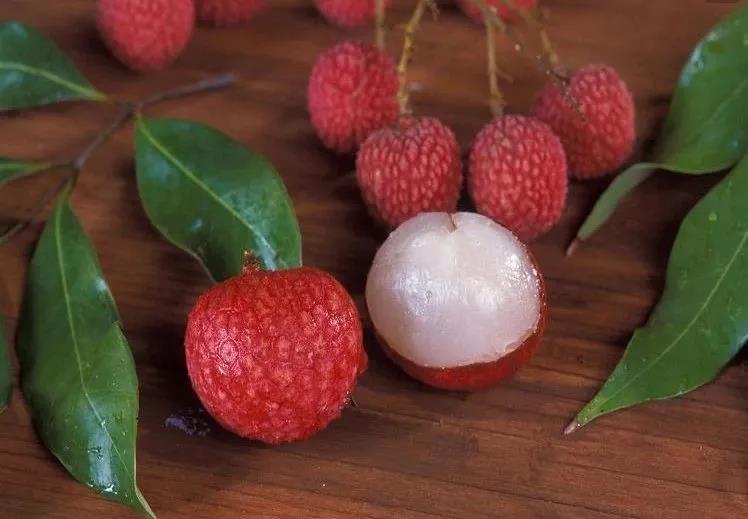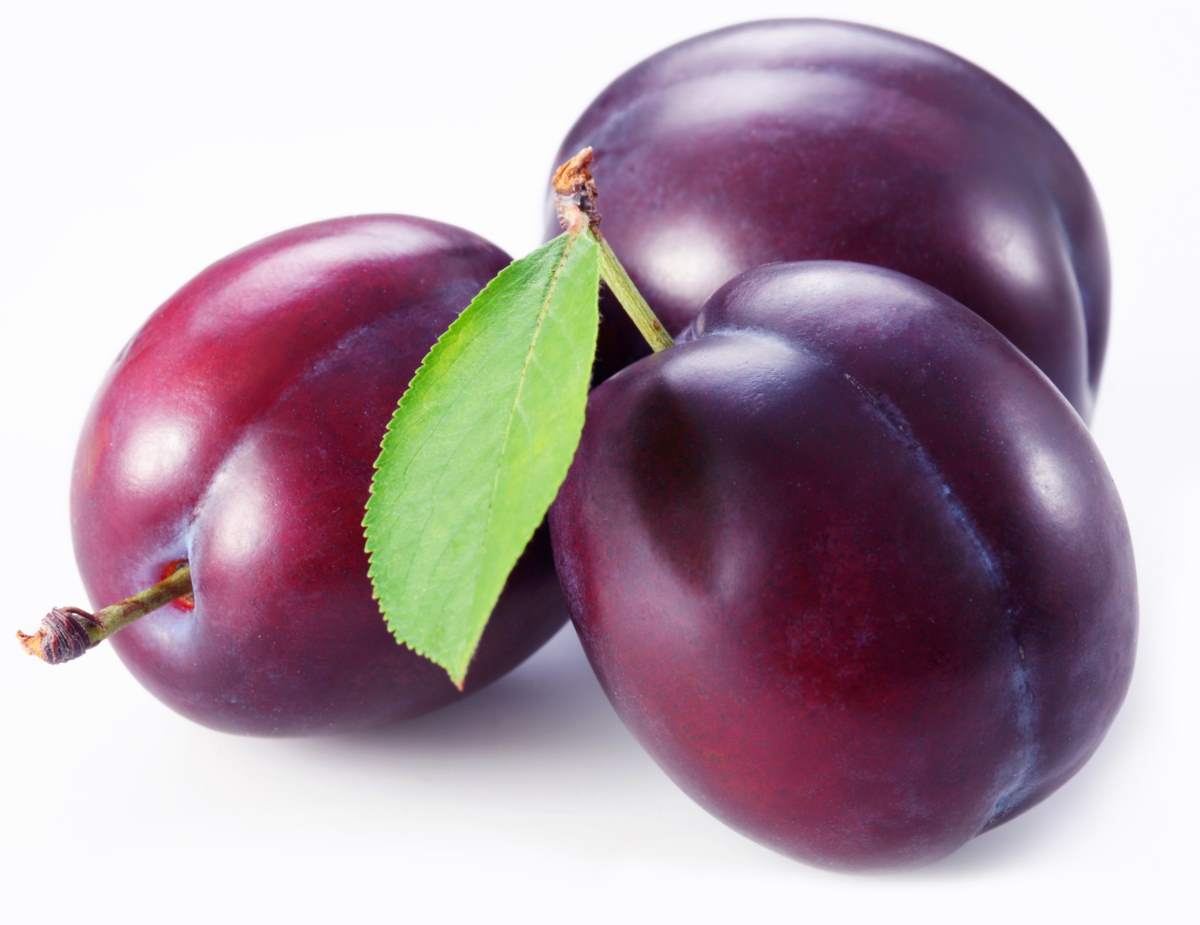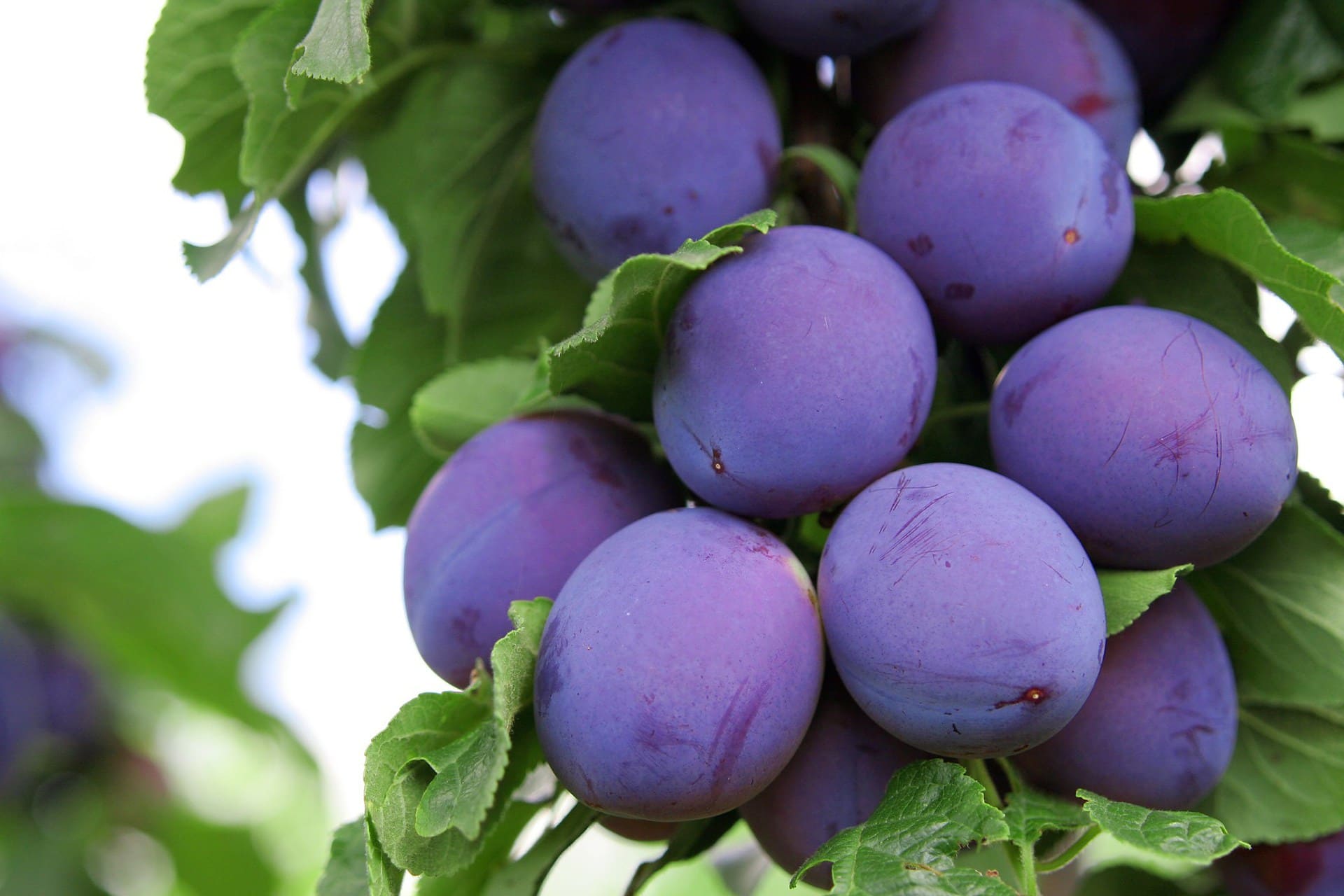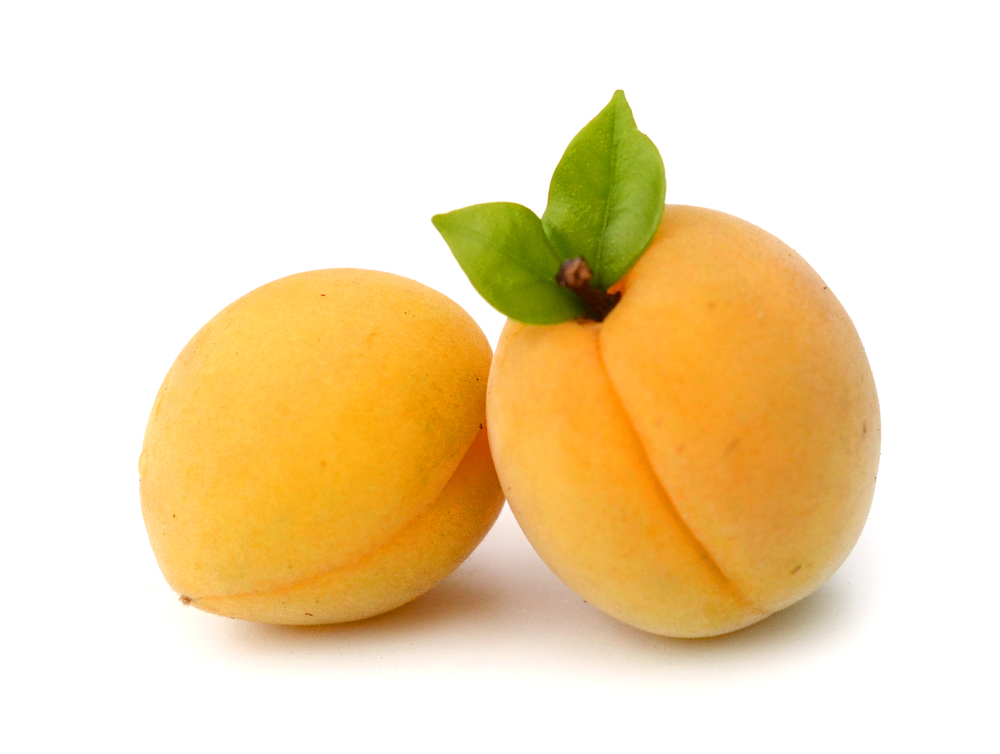Litchi (Litchi chinensis): Fruit Features, Varieties, Nutrition, and Distribution
The litchi tree (scientifically known as Litchi chinensis) belongs to the Sapindaceae family within the genus Litchi. This subtropical evergreen tree is famous for its deliciously sweet fruit, often hailed as the “king of fruits.”
Fruit Features
Litchis are drupes that are generally round or oval-shaped, with sizes ranging from 2 to 5 centimeters in diameter depending on the variety. The skin is tough with cracked scales on its surface. When ripe, it turns vibrant shades of red or purplish-red. The flesh inside is semi-transparent and gelatinous—soft yet juicy—with an intense sweet flavor complemented by a distinct rose-like aroma. At its core lies a smooth, dark brown or black seed.
Varieties
There are many varieties of litchis categorized by their ripening time, fruit size, color, flavor profile, and seed size (including some “seedless” types). Some notable varieties include:
- Feizixiao: A popular mid-season variety known for its bright red skin and thick flesh with small seeds; it is sweet and juicy.
- Guiwei: Another mid-season type featuring bright red skin with an osmanthus-like fragrance; its flesh is crisp with small seeds.
- Nuomici: A late-season variant boasting bright red skin; it has thick flesh that is exceptionally sweet and juicy with small seeds.
- Sanyuehong: An early-season type characterized by bright red skin but generally considered lower in quality compared to others.
- Bailai: A mid-season variety marked by light red skin; its tender flesh offers a sweet taste.
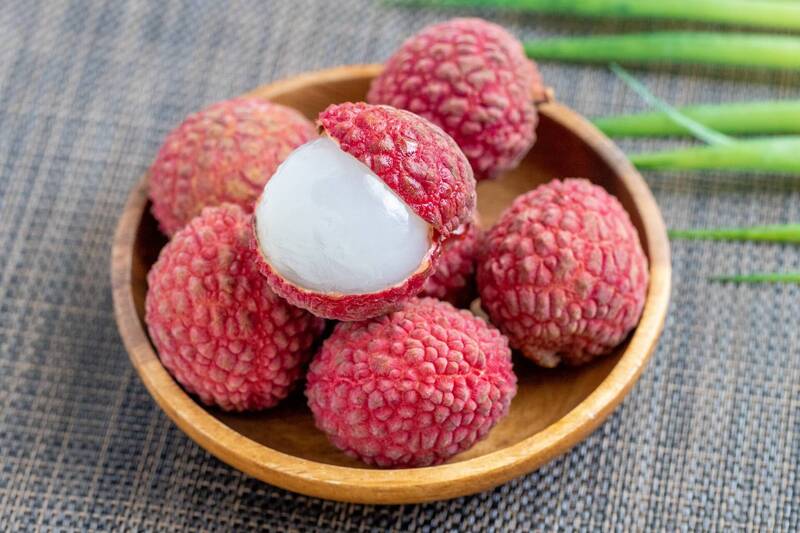
Nutritional Value and Health Benefits
Litchis are packed with nutrients, including carbohydrates (mainly fructose and glucose), Vitamin C, minerals such as potassium and copper, and antioxidants such as polyphenols.
Eating litchis can help boost energy levels and enhance immunity, potentially providing antioxidant benefits as well. However, they should be consumed moderately, since eating them on an empty stomach or excessively might cause discomfort.
Distribution and Cultivation
Originating from southern China, where they have been cultivated for over two millennia, today litchis grow across tropical and subtropical regions worldwide, including Asia, Africa, and the Americas. China remains the top global producer. Litchis thrive best in warm, humid climates with plenty of sunlight and well-drained, acidic soils. They are primarily propagated by grafting methods.
